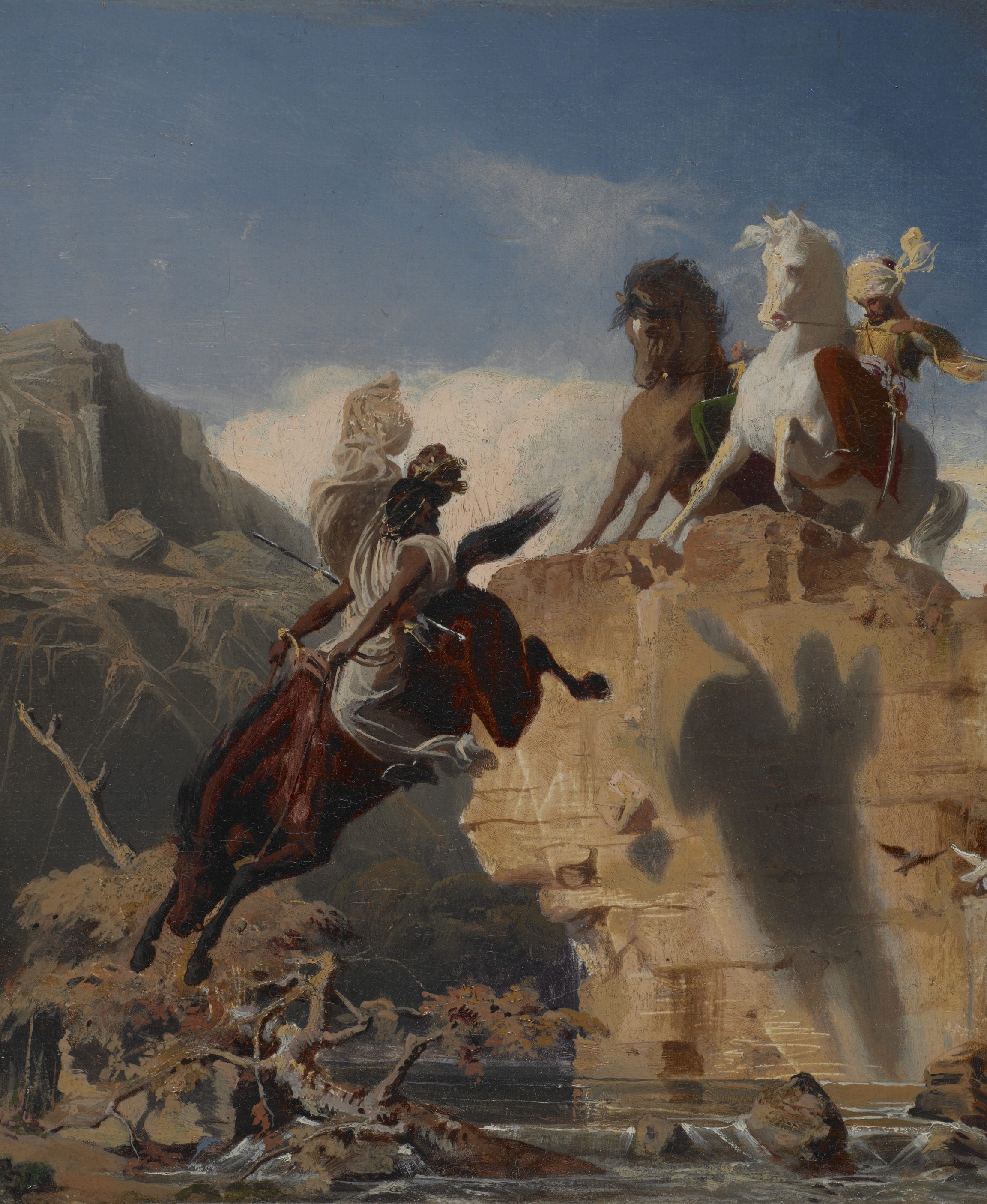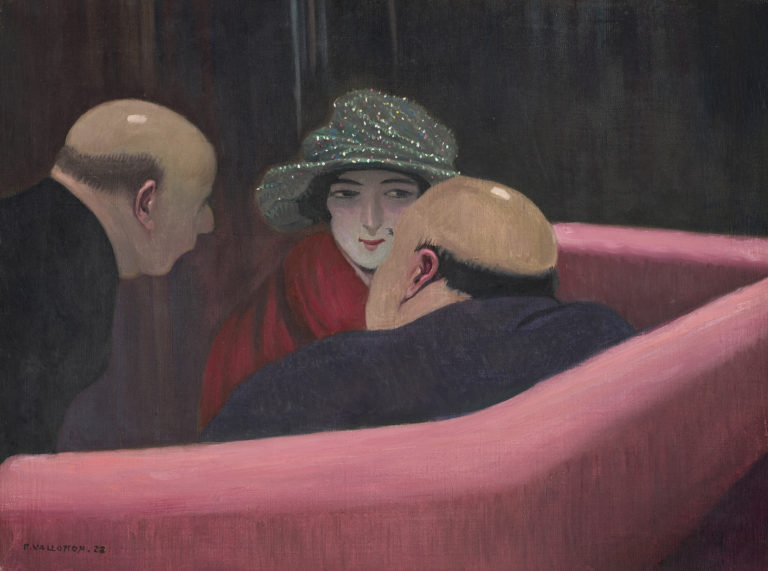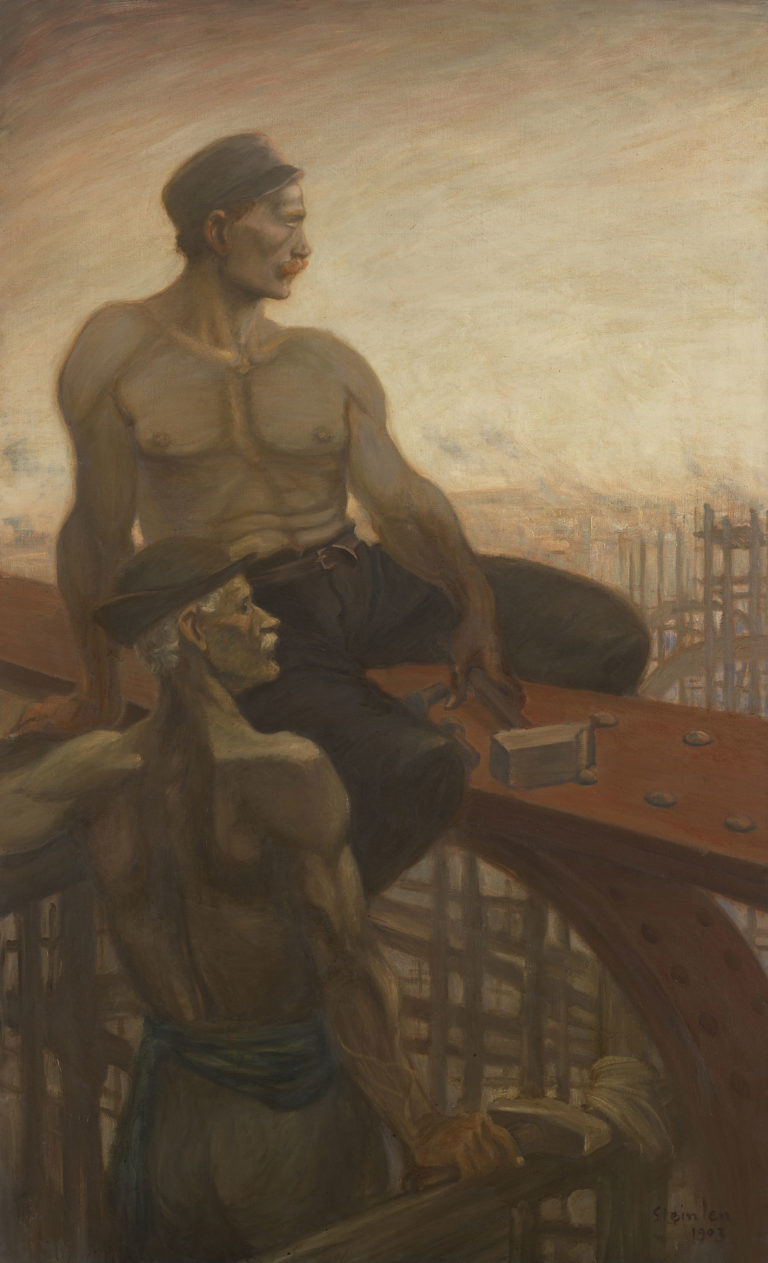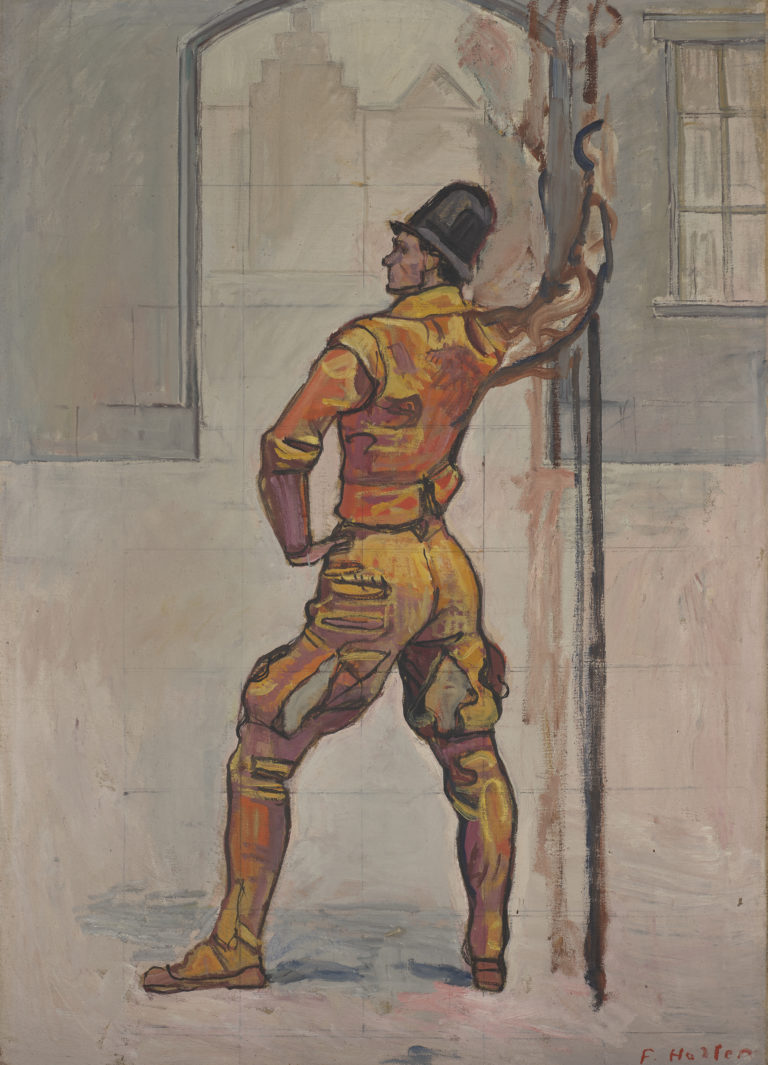Bibliography
Côme Fabre (ed.), Charles Gleyre (1806-1874). Le romantique repenti, exh. cat. Paris, Musée d’Orsay, Paris, Hazan, 2016: 137-138, n. 47.
Catherine Lepdor (ed.), Charles Gleyre. Le génie de l’invention, exh. cat. Lausanne, Musée cantonal des Beaux-Arts, Milan, 5 Continents Editions, 2006: n. 83.
William Hauptman, Charles Gleyre 1806-1874. I Life and Works. II Catalogue raisonné, Princeton/N.J., Princeton University Press, Zurich, Federal Office of Culture, 1996: n. 402.




The spring of 1838 saw Charles Gleyre return to Paris after a lengthy tour of the eastern Mediterranean. It took him until 1843 to digest and synthesise his experiences in Le Soir ou Les Illusions perdues (Evening, or Lost illusions, Paris, musée du Louvre), a monumental canvas that was presented at the Salon, marking his return to the centre of the art scene. In the intervening five years, he tried to make up for his decade away from the limelight by tapping into the fashion for Oriental scenes. He produced several small canvases and received a number of commissions but failed to capitalise on his tour as Eugène Delacroix had done: his visit to Morocco in 1832 had proved an inexhaustible source of inspiration.
This scene, depicting an Arab on horseback pursued by two Turks, is a work of pure imagination. The Turks manage to halt their steeds on the verge of the precipice, while their enemy plunges into the ravine. The melodramatic choice of subject, dazzling use of colour, and rapid, fluid brushstrokes are all typical of Romantic painting. Yet Gleyre’s Romanticism is less about capturing the ever-shifting spectacle of everyday life than it is an invitation to meditative daydreams. Even as a young man, he described himself as a porcelain statue, immobile however dramatic the events going on around him. In this scene, time itself comes to a standstill, as in the famous line from Alphonse de Lamartine’s poem, “O time! Suspend thy flight!” The horsemen are frozen in time, the fabric of their turbans and burnous fluttering skywards like pillars of stone. The shadow of the falling horseman is key to the composition, casting an eerie, fascinating shape that burns a fleeting image onto the rocky cliff face for all eternity.